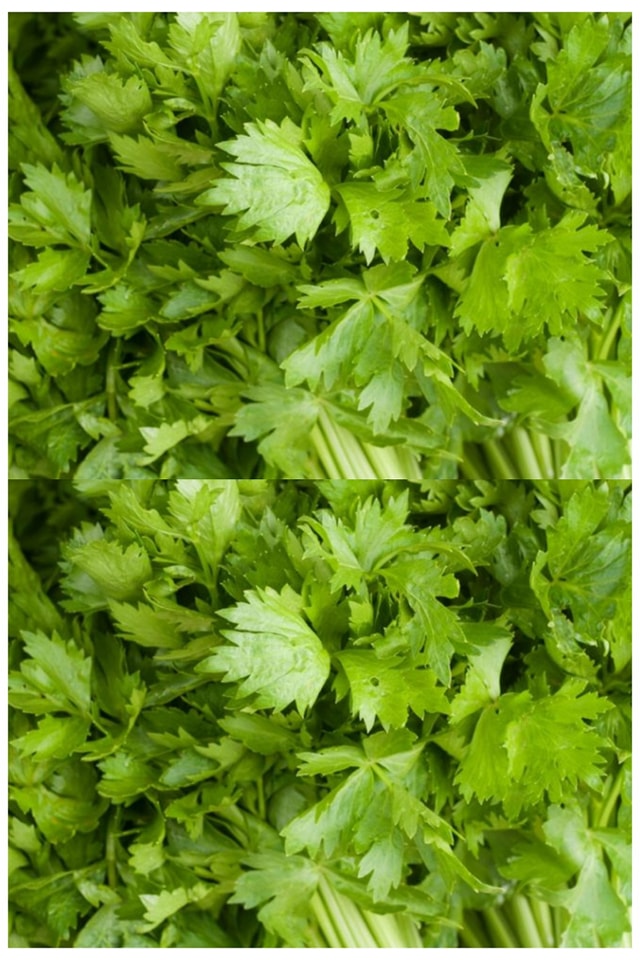
Celery contains a very high amount of water, and its fibrous nature makes it ideal for those who like to snack without gaining weight.
Celery leaves can also be eaten or used in soups or used to make celery juice.
Celery has a growth period of about 5 months. A winter frost can completely destroy an entire crop.
Add compost or organic fertilizer, manure to the soil a few weeks before planting celery seedlings.
The germination rate of celery is not very high, sow celery seeds 5-6 centimeters and 0.5 cm deep.
Plant your celery plants when they are about 8 cm tall (5-6 weeks) and when temperatures have risen slightly. Then space your seedlings about 15-20 cm apart.
Celery does not grow well in very hot conditions; a heat wave without adequate irrigation will result in stems that become hard and fibrous.
The type of soil

Celery likes soils that are able to retain soil moisture and therefore have had compost or organic manure.
If your soil is well drained, make sure celery gets regular watering during the hot season.
Attention watering is critical for a good celery yield; celery requires frequent and regular watering.
Remove weeds between celery plants; they will compete with celery for nutrients, light and moisture.
You can blanch celery by covering the stems to prevent light from reaching them. Blanching celery can reduce bitterness and make the stalks appear paler.
When celery is harvested when it has reached the desired size, cut the plants above ground so that all the stalks are still as a unit. Wash the stem bulb in cold water and dry it. The celery will keep in the refrigerator for one to two weeks. Celery will blanch naturally or during storage.

If you wish, you can remove a few stems at a time rather than harvest the entire plant. Preferably remove the outer stems first and leave the less developed stems inside to continue their development. Be careful not to damage the rest of the plant.
Various pests such as aphids, slugs and celery flies can damage your celery plants.
